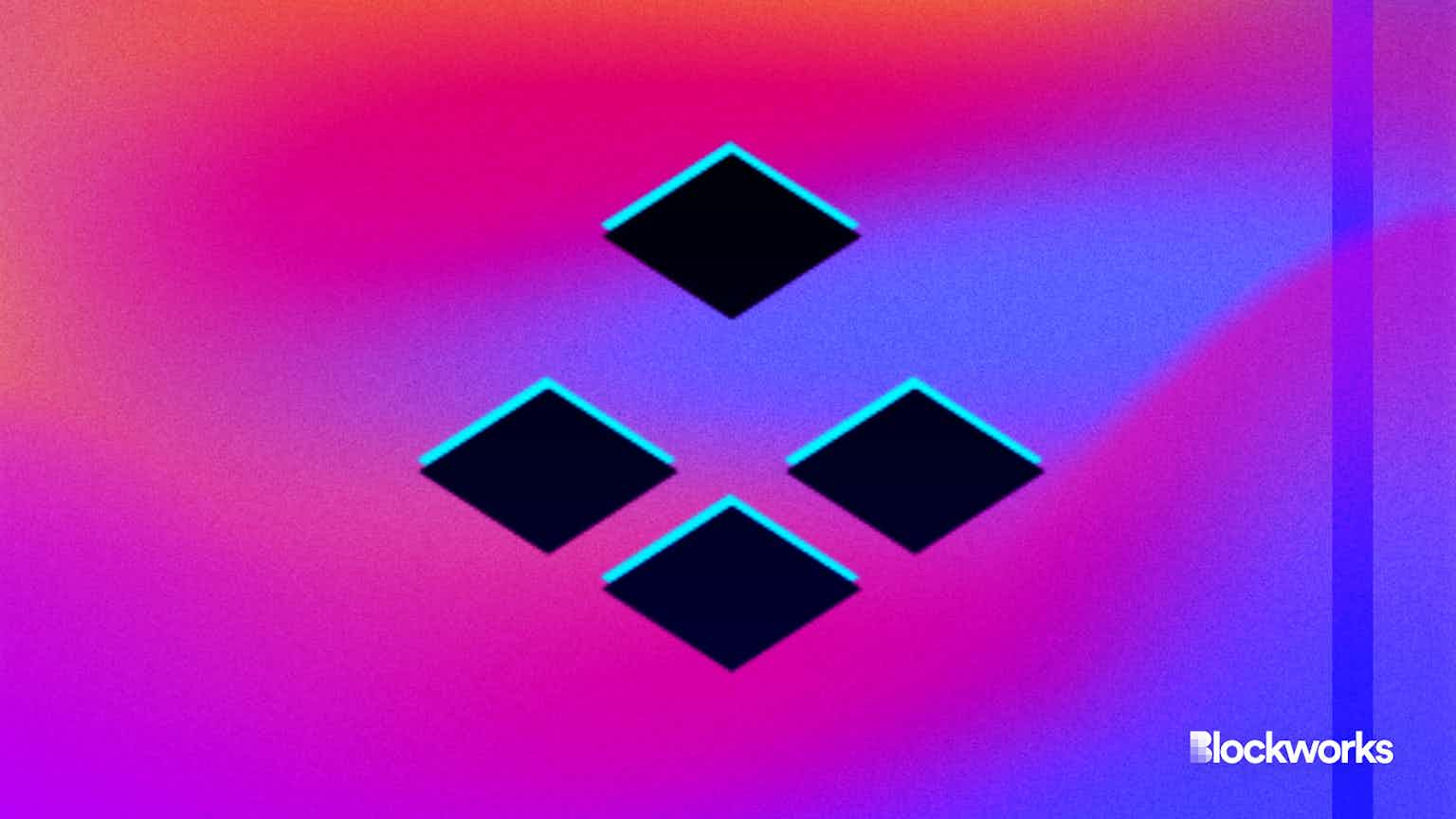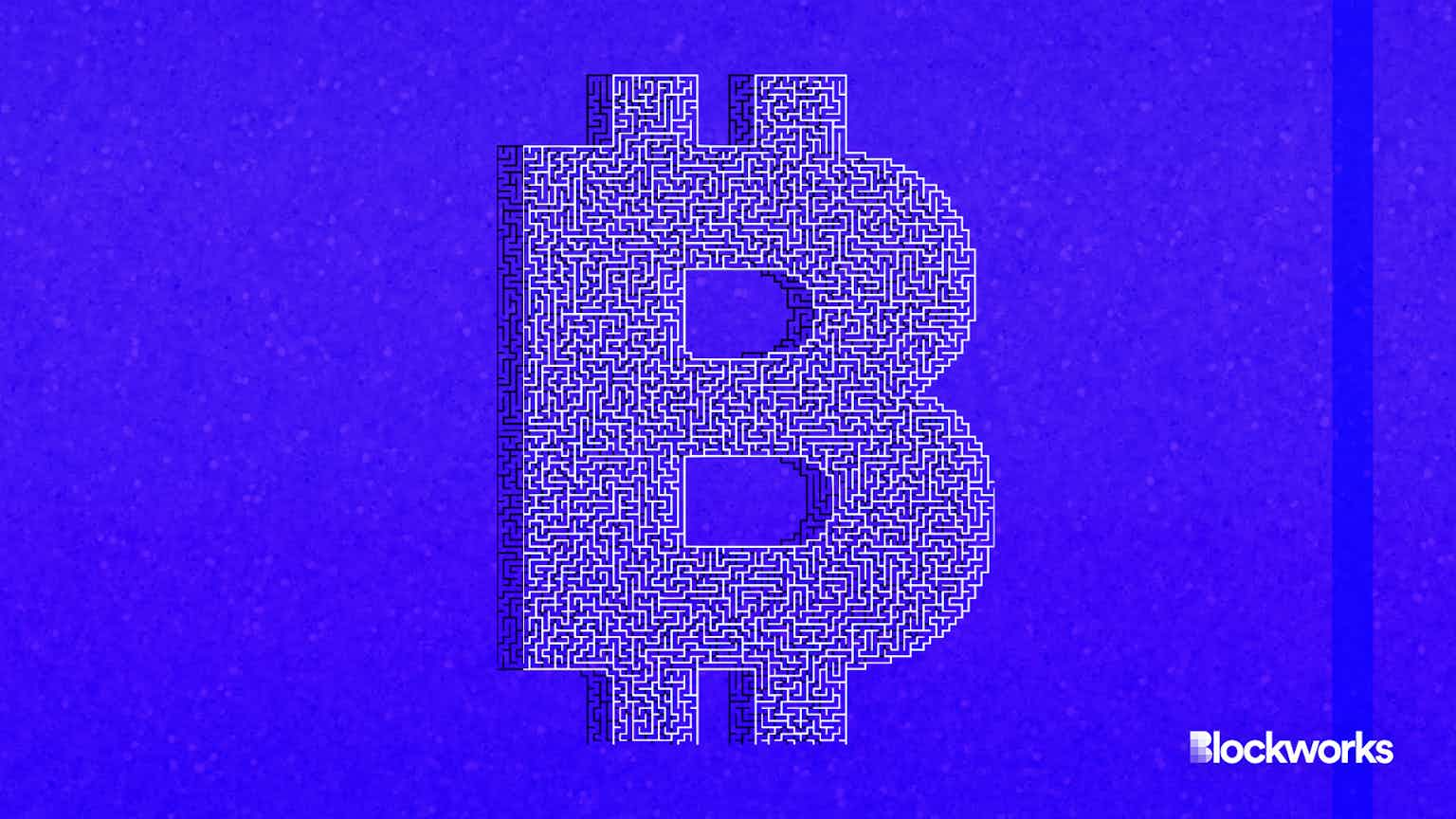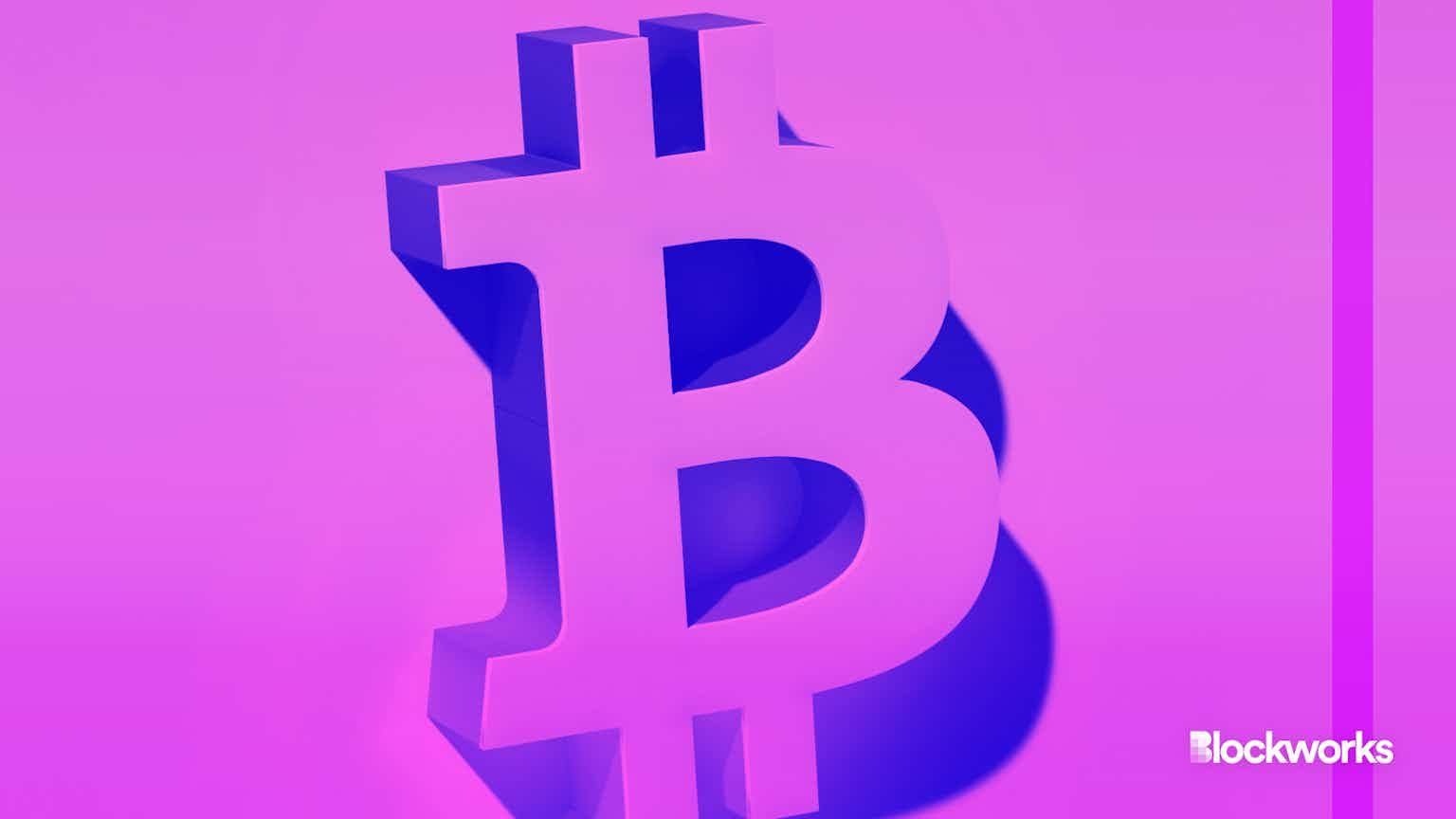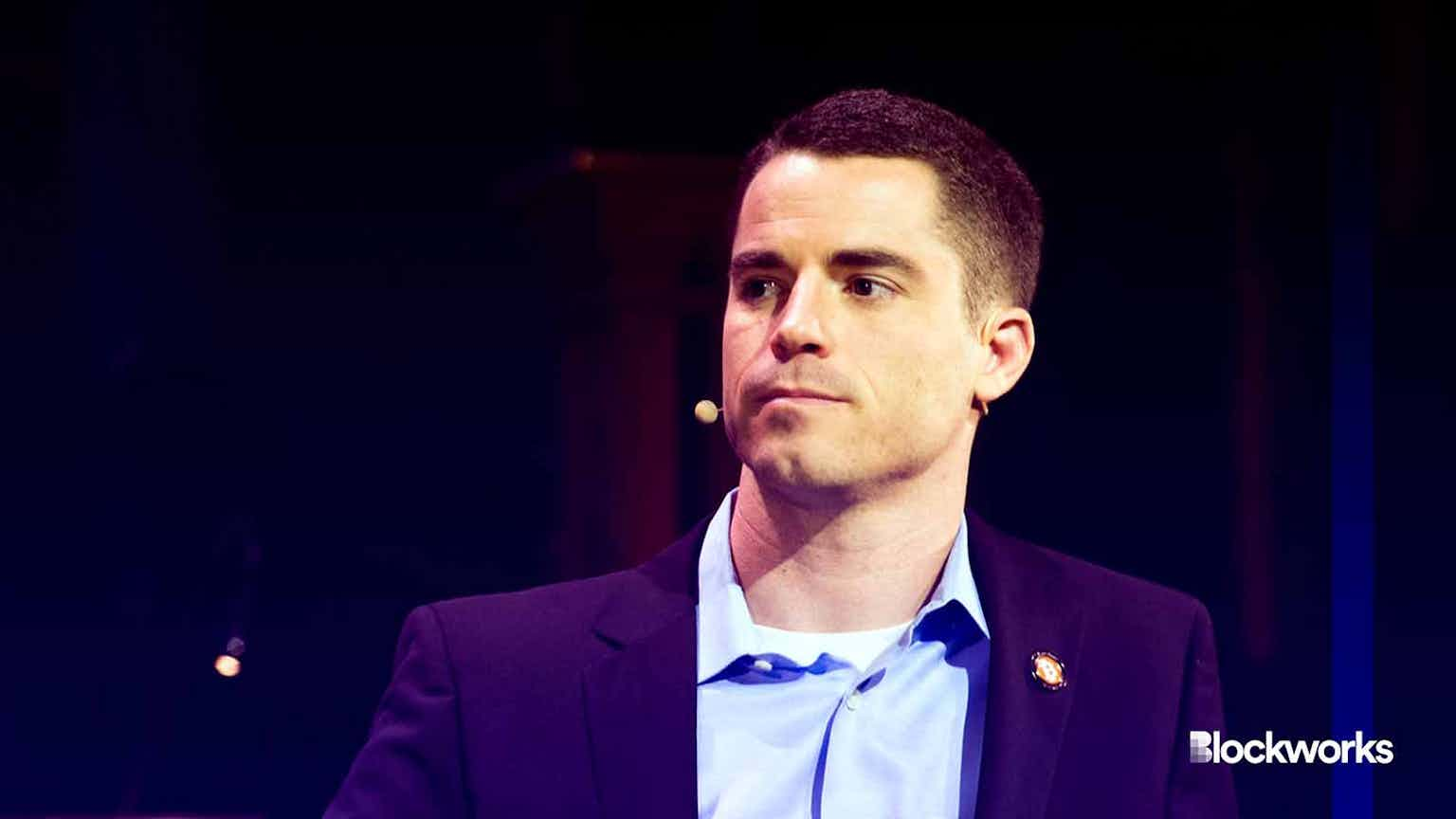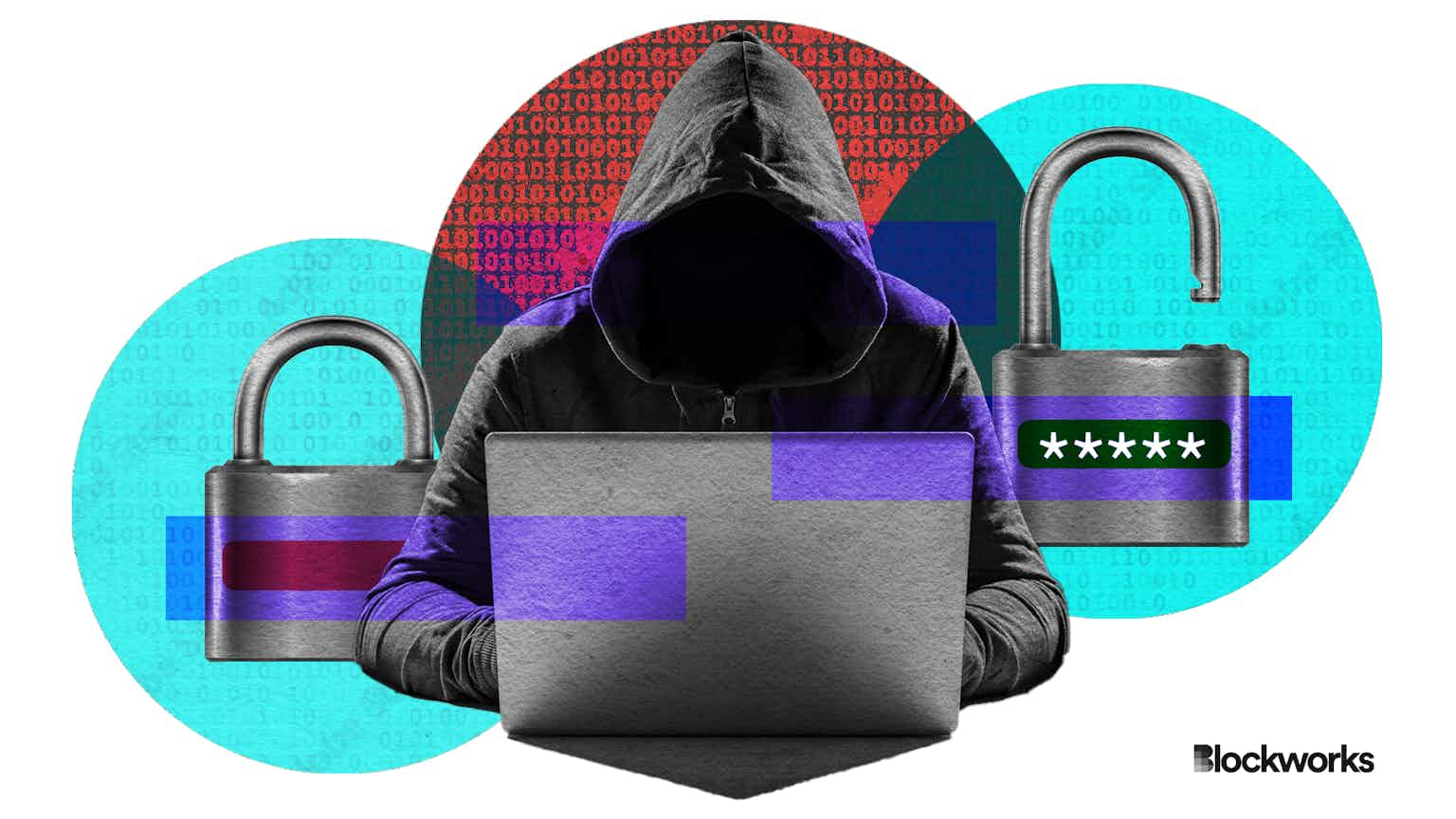Binance’s main stablecoin is diversifying to other exchanges
FDUSD is looking at cross-border payments, layer-2 deployments and payroll

FDUSD and Adobe Stock modified by Blockworks
FDUSD became the fourth-largest stablecoin by market capitalization by being used almost exclusively as a trading pair on Binance.
Despite this, the stablecoin has remained relatively obscure due to its lack of other use cases. However, that might change soon. After partnering to issue FDUSD on Sui, the Hong Kong-based issuer has ambitious plans for its stablecoin’s future applications, its CEO told Blockworks.
FDUSD’s story begins with a different stablecoin. Binance USD, or BUSD, was issued by US-based Paxos and used by Binance as its main stablecoin for trading pairs. After the Securities and Exchange Commission served a Wells notice in February 2023 and Paxos stopped minting BUSD, the world’s largest crypto exchange began hunting for a new primary stablecoin.
Read more: SEC triggers billion-dollar ‘bank run’ on Binance’s BUSD
Binance became linked with a little-known stablecoin called TUSD, which saw its market capitalization surge after Binance listed a zero-fee bitcoin trading pair with TUSD. It also let users access its “launchpool” for new tokens using TUSD.
But for reasons that remain unclear, Binance cut TUSD off from zero-fee trading promotions and stopped including the stablecoin in its launch pools. A massive Binance driven sell-off caused TUSD to lose its peg in January.
TUSD’s market capitalization has tumbled to around $500 million from a high of over $3.8 billion in October, according to CoinGecko.
Enter FDUSD, which was first issued by Hong Kong-based First Digital Labs in mid-2023. By August, Binance started encouraging users to convert their BUSD balances to FDUSD. Since then, FDUSD has taken the mantle formerly held by BUSD and briefly shared between FDUSD and TUSD. Today, Binance offers its zero-fee trading promotions and access to its new token launchpools with FDUSD.
First Digital didn’t have a long stablecoin history before the Binance partnership. Roughly a year before it began issuing a stablecoin, First Digital Trust raised $20 million in Series A funding for digital asset custody from Nogle and Kenetic Capital in May 2022, according to an Asia-focused tech publication.
First Digital Trust spun up First Digital Labs in 2023 alongside FDUSD’s debut. The stablecoin issuer’s second-ever X post was a response to Binance then-CEO Changpeng Zhao announcing FDUSD’s launch.
“First Digital signed a strategic commercial partnership with Binance to list FDUSD. Our company operates independently and [shares] no direct board or executive relationships,” a spokesperson for First Digital told Blockworks.
Tech in Asia said First Digital was the digital asset arm of Hong Kong-based Legacy Trust Company. Vincent Chok is CEO of both Legacy Trust Company and First Digital Trust, according to LinkedIn.
Read more: Binance preps switch to little-used stablecoin, FDUSD
Today, FDUSD’s trading markets are almost exclusively on Binance, per CoinGecko, with a large majority coming from trading pairs boosted by Binance’s zero maker and taker fee promotion. But First Digital Labs, the Hong Kong-based company behind FDUSD, is now looking to diversify.
Earlier this month, the layer-1 blockchain Sui announced FDUSD would become the network’s first natively-issued stablecoin. First Digital’s ambitions don’t stop there, CEO Vincent Chok told Blockworks in an interview.
“Everything does have an end, of course,” Chok said of the Binance zero-fee promotion. “I mean, that’s another reason why I think we need to really create awareness around our stablecoin — so that we can diversify into other exchanges.”
Chok said First Digital is exploring partnerships to use FDUSD for cross-border payments, is in talks with layer-2s, and is targeting the launch of a payroll partnership with its stablecoin by the end of the year.
He added that First Digital is engaging with regulators in Hong Kong as the city nears the implementation of its long-awaited regime for stablecoin issuers.
Updated April 24, 2024 at 9:21 am ET: Added comment from First Digital regarding the company’s relationship with Binance.
Start your day with top crypto insights from David Canellis and Katherine Ross. Subscribe to the Empire newsletter.
